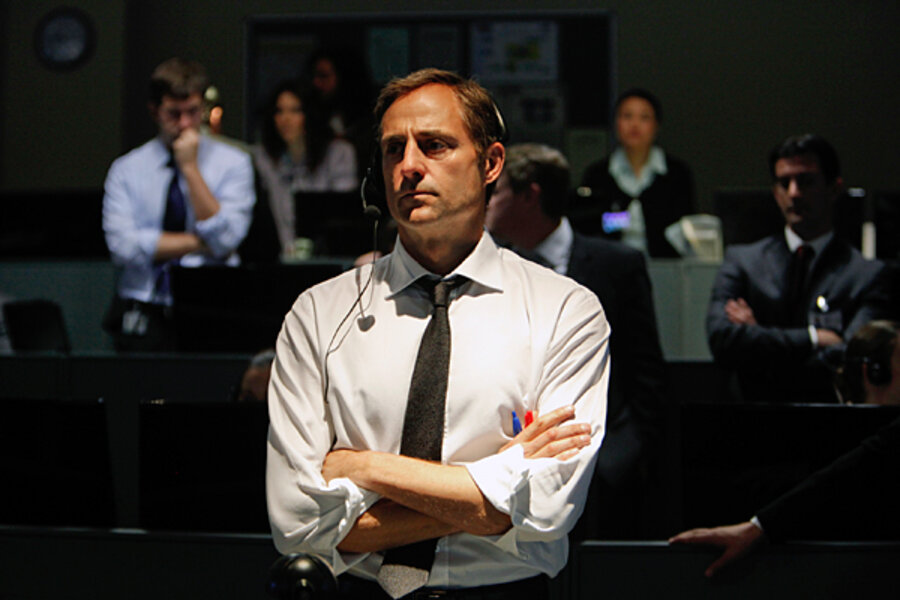“Zero Dark Thirty” has a lot to live up to, since the actual assault on bin Laden’s compound was as hair-raising an operation as most SEALs had ever taken part in.
One of the top-secret helicopters that brought in the Navy SEALs crash-landed, even as a fellow special operative tried to move his legs from the aircraft’s open door. “But it was too crowded inside,” Owen writes. “There was nothing we could do but hope the helicopter didn’t roll and chop off his exposed leg.”
Though the helo crash-landed without injuring anyone on the team, in the 15 minutes between the crash and the Special Operations Forces reaching bin Laden’s bedroom, Owen writes that he feared bin Laden “had plenty of time to strap on a suicide vest or simply get his gun.”
In the end, bin Laden was killed with a shot to his face as he peeked around a hallway corner, says Owen, who adds that then he and another team member trained their sights on bin Laden “and fired several rounds” into his chest.
“It was surreal trying to clean blood off the most wanted man in the world so that I could shoot his photo” so CIA officials back in Washington could positively identify him as bin Laden, Owen told CBS.
The “Zero Dark Thirty” filmmakers went to great lengths to make sure the film was accurate but wouldn’t jeopardize military secrets, screenwriter Mark Boal told CNN.
The film crew, for example, built models of the stealth helicopters based on photos of the charred remains of the helicopter left behind in the actual raid. Then, after some filming, Mr. Boal and Ms. Bigelow sent pictures of the model helicopters to the Pentagon to make sure they weren’t too accurate.
“It’s 10 years compressed into two-plus hours,” Bigelow told Reuters. “But it’s really the rhythm of the hunt that creates the rhythm of the movie.”







